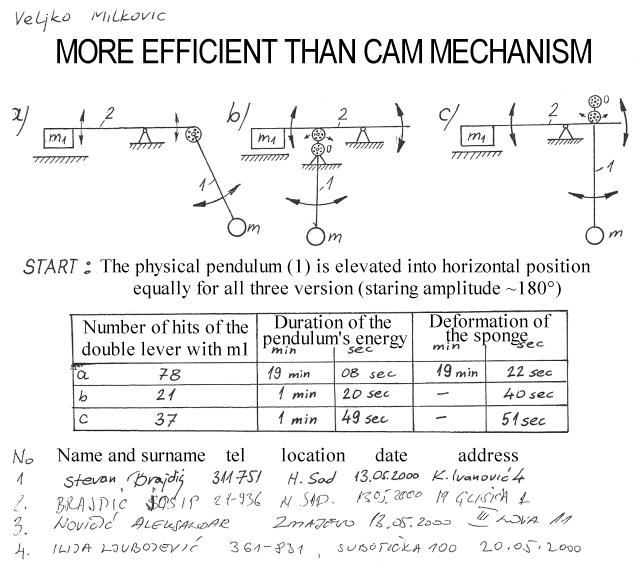Input-Output Measurements
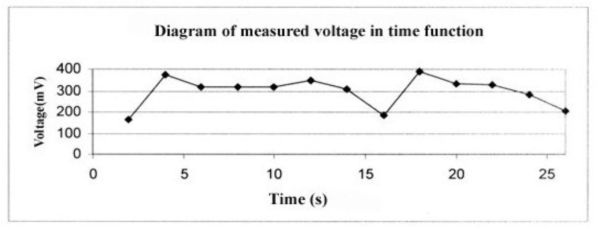
Efficiency measurements
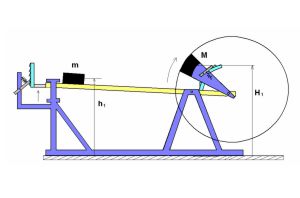
The goal of this work is to summarize the findings from previous papers along with some additional comments and also to answer two basic questions: how to construct an efficient Veljko Milkovic two-stage oscillator and how to measure the quotient of efficiency of the constructed oscillator. The method which the author proposes and some other people have already proposed similar methods, solve all the above problems and doesn’t need expensive equipment for measuring of forces, velocities and accelerations. The method proposed measures the heights of both masses on both sides of the lever, which must be locked in its upper positions by a ratchet mechanism...
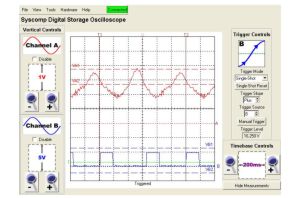
It was my intention to strain gauge Mk 5.3 to see the input and output relationship; the output to be measured between the secondary arm and the counter weight, as in a Veljko Milkovic pendulum in hammer mode. Therefore, 9 watts input, for 13.18 watts output = COP, 1.46. The 9 watts was taken from the electrical input. The voltage and current were measured on the DSO 101 and the power in watts derived therefrom. I have arbitrarily taken the 9 watts for the COP calculations above. This is done to err on the plus side as I have not included the draw of the ratchet solenoids nor the draw of the electronics in these calculations.

This document will analyze and present conclusions made by Mr. Raymond Head from Texas, USA, who has been working on the pendulum-lever system research and making Veljko Milkovic’s two-stage mechanical oscillator replica. So, because paths passed by the weight and path passed by the fingers were almost the same and because the weight was 80 pounds and force of the fingers was less than 20 pounds, it should be obvious that output energy was 4 times bigger than input energy.
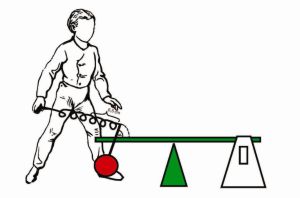
During public discussion, questions have frequently been addressed to Veljko Milković as to why not calculate input energy of the raised pendulum by using the simple formula for potential energy Ep = mgh. I have also found that this formula is easy to use and recommended it. However, over time, two problems using this simple formula were found. The method chosen by Jovan Bebić has solved both these problems. That is, to keep adding energy to the pendulum once its starting angle was in position 1 at all times. Thus the amplitude of the lever arm, as well as the output energy on the generator is constant and easy to measure.
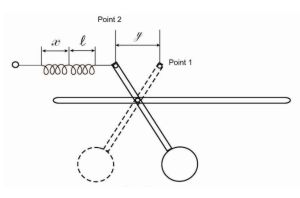
This is the first experiment where the calculated energy surplus of Veljko Milkovic’s two-stage mechanical oscillator has been precisely calculated.I put an adaptive device connecting to a generator on the second arm of the lever of the oscillator. I measured the power in the generator created by the lever arm. I kept the oscillation of the lever arm by manually influencing the pendulum with a fish scale (dynamometer) connected to the handle of the pendulum. Therefore the input power was 1.368 W and average power obtained on the generator was 3.125 W. Taking into account everything said above, the conclusion is that the quotient of output and input power (and energy) is 3.125 / 1.368 = 2.284.

In this analysis energy surplus of the two-stage mechanical oscillator by Veljko Milkovic has been calculated in an experiment performed with help of manual dynamo lamps, by placing a certain number of such lamps under the lever while the oscillation of the pendulum has been maintained with exactly the same lamp and in that way input and output work have been measured (Force x Distance). Then we get that the efficiency of this model of two-stage mechanical oscillator is 2.8 times. Energy result - net gain of energy is 180%!
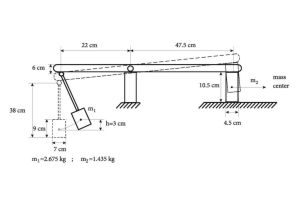
This analysis measures output and input energy during operation of the two-stage oscillator. Output energy was measured based on the elevation of the weight at the right arm of the lever of the two-stage mechanical oscillator, whereas input energy was measured based on the height of the initial position of the pendulum when it was out of balance. Therefore, ratio of energy at the output and energy at the input is 22.89.

Input energy is given to the system only once by increasing potential energy of the pendulum. It has been calculated using formula Ep = mgh for potential energy. Output energy has been calculated by measuring distances left side of the lever passed from the upper position till striking down into the pillar until pendulum stopped. Then formula Ep = mgh has been taken again with mass m2 of the lever. This is actually the problem of the calculation. ...Because input energy was 0.787 J and output was 2.56 J, performance was 3.25.
Elastic string pendulum experiments & measurements
Veljko Milković demonstrates a scientific experiment showing the advantage of using the pendulum for overcoming friction versus direct pushing. The goal of the experiment is to demonstrate the advantage of using the pendulum for overcoming friction force of a weight in comparison with direct pushing of it. The arising question is does this experiment proves over unity behavior of the system or not?
Experiment description: Device used in experiment consists of a stand and elastic pendulum: 1) Blocked pendulum with the rest of the system can be regarded as rigid body. Using energy passed by strikes of a piston instrument, whole system can pass the path of 5mm. 2) With the same invested energy, passed by the piston instrument, the pendulum will push whole system with its kinetic energy and device will pass 15 times longer path. Further more some kinetic energy will stay unused in swinging pendulum.
Analysis of the influence of pendulum amplitude on movement of a pendulum system during sliding friction and rolling friction.
Branislav Serdar, M.Sc. in mechanical engineering, has conducted his own research and expertise of Veljko Milković's elastic string pendulum experiment. The aim of this paper with accompanying video was to observe differences in the systems under the effect of impact forces on the metal ball of the pendulum, as well as to analyze and compare the results obtained. More
Official electric measurements
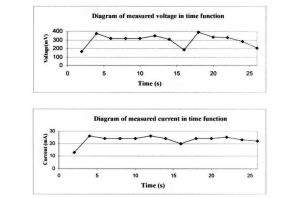
On request of Mr. Veljko Milković from Novi Sad, voltage, current and power provided by single phase generator of alternating voltage> (unmarked) have been measured, in the work mode for which it has been designed. During the first measurement, the generator was run by the lever that could be moved in a vertical plane. The generator was fixed (immobilized) and the force was applied in a straight line, from upwards towards down. During the second measurement, the generator was held in a hand, and the force was transferred by hand through the generator on the weight hanging on a lever and moving in a vertical plane. The following values were acquired: the values of the measured electrical current varied between 91 mW and 228 mW (first measurement) and the values of the measured electrical current varied between 2 mW and 9 mW (second measurement).

Measurements using an oscilloscope have been performed: one handheld dynamo flashlight was used to push a pendulum in peak position to maintain the oscillation of the pendulum and the other dynamo flashlight was positioned under the lever on the output part of the oscillator. Measuring was performed and voltage values were acquired for the dynamo flashlight used for maintaining the oscillation of the pendulum and the one pressed by the lever during oscillations.




